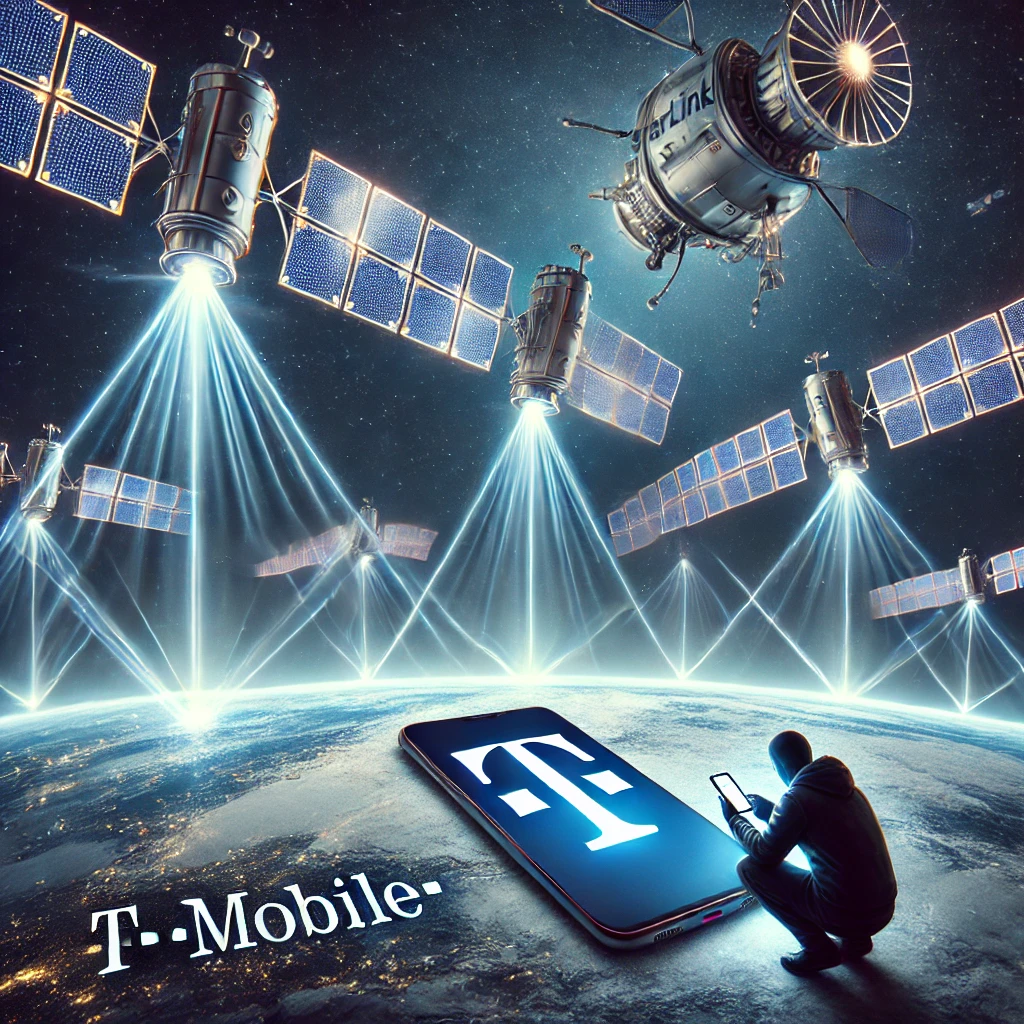SpaceX has secured FCC approval to launch its much-anticipated Starlink direct-to-phone service in partnership with T-Mobile, marking a major milestone in satellite-based mobile communications. Although initially announced in 2022, the service faced engineering and regulatory hurdles that have delayed its rollout to late 2024. Here’s what this means for consumers, competitors, and the future of satellite communications.
How Starlink Direct-to-Phone Works
The service will use Starlink satellites as mobile towers to connect directly to compatible smartphones via specific wireless bands. This system is designed to extend T-Mobile’s terrestrial network, allowing users in remote or disaster-affected areas to make calls, send texts, and access emergency services without traditional cell tower coverage.
Earlier tests have proven promising: SpaceX demonstrated a satellite-to-phone video call six months ago and successfully provided emergency connectivity during hurricanes Helene and Milton.
FCC’s Vision and Regulatory Stipulations
The FCC emphasizes the potential public benefits of the service, stating:
“SpaceX and T-Mobile’s operations will yield many benefits, including increased access to emergency services in areas without terrestrial network capabilities.”
However, the approval comes with important conditions:
- Supplemental Coverage Only: Starlink must operate as an extension of T-Mobile’s network and cannot act as an independent mobile provider under current regulations.
- No Signal Interference: SpaceX must ensure that its satellite broadcasts don’t disrupt existing ground-based services.
- NASA Coordination: Satellites deployed below 400 km must coordinate with NASA, as this altitude approaches the orbit of the International Space Station.
The Competitive Landscape
SpaceX faces fierce competition from other players in the satellite-to-phone market, including Lynk, Amazon’s Kuiper, AST SpaceMobile (partnering with AT&T), and others. Several competitors, such as DISH and Omnispace, filed objections to SpaceX’s application, aiming to delay its approval. However, the FCC found SpaceX’s remedies sufficient to address most concerns.
What This Means for Consumers
For remote workers, adventurers, and emergency responders, the Starlink-T-Mobile partnership could be a game-changer. It promises to eliminate “no signal” zones, offering universal connectivity in areas previously unreachable by traditional networks.
Key benefits include:
- Emergency Services: Better access to 911 and emergency responders during disasters.
- Global Coverage: Increased connectivity for travelers and underserved rural communities.
- Potential Cost Savings: A single device that works anywhere without needing additional equipment or subscriptions.
However, details such as pricing and availability remain under wraps, leaving questions about accessibility for the average consumer.
The Future of Satellite Connectivity
As technology advances, satellite-to-phone services may become the norm rather than the exception. With SpaceX authorized to operate at altitudes closer to Earth, latency and signal quality are expected to improve, making this a viable alternative to traditional mobile networks.
Although some critics worry about the commercialization of space and potential interference with other services, proponents argue that the benefits far outweigh the risks. Universal connectivity could redefine how we communicate, access services, and respond to emergencies in a digitally connected world.
Final Thoughts
SpaceX’s FCC approval marks a pivotal step in satellite communications, pushing the boundaries of what mobile networks can achieve. While it remains to be seen how quickly the service will become mainstream, one thing is clear: the days of “no signal” zones are numbered.
Stay tuned as SpaceX and T-Mobile finalize the technical details and pricing for what could be one of the most transformative connectivity solutions of our time.







